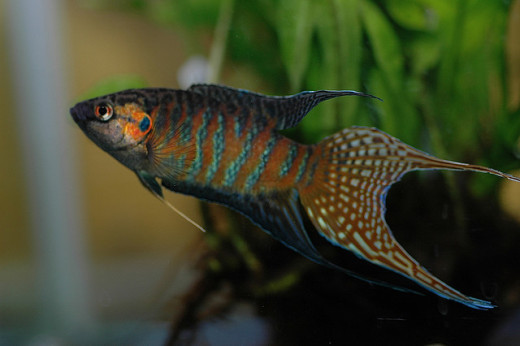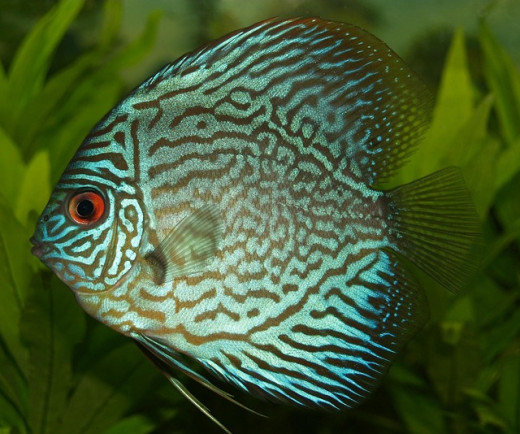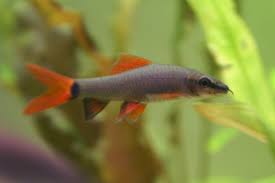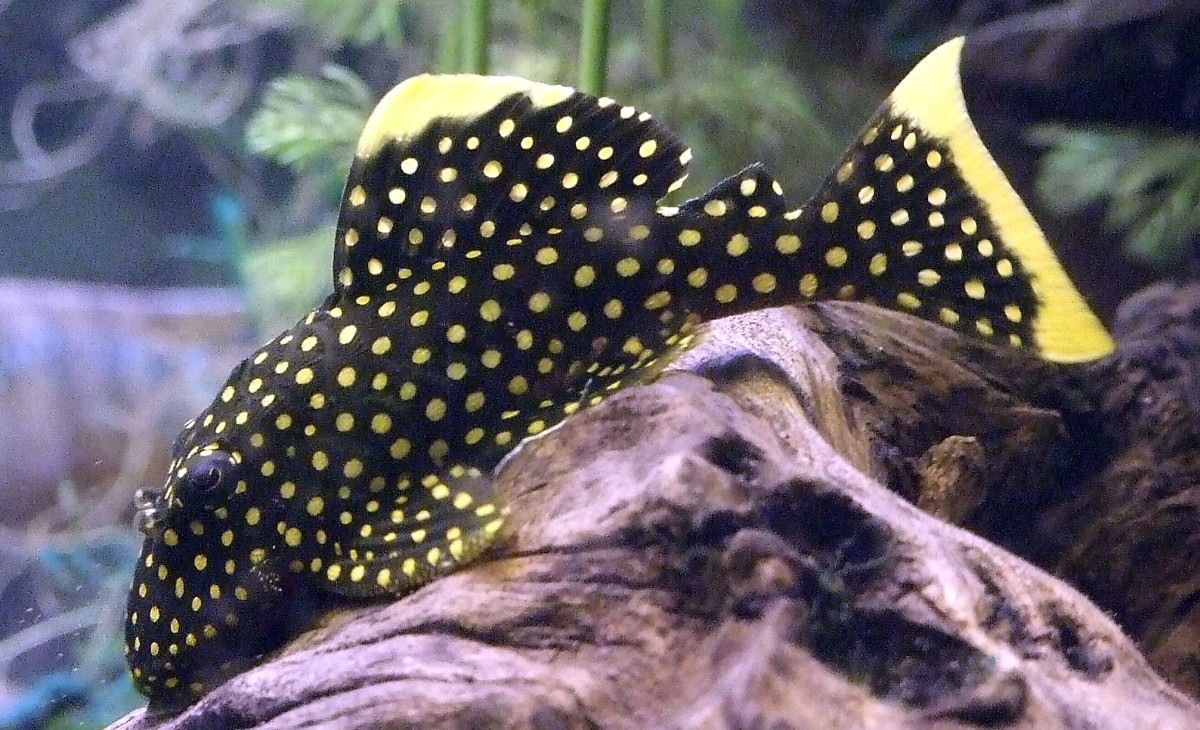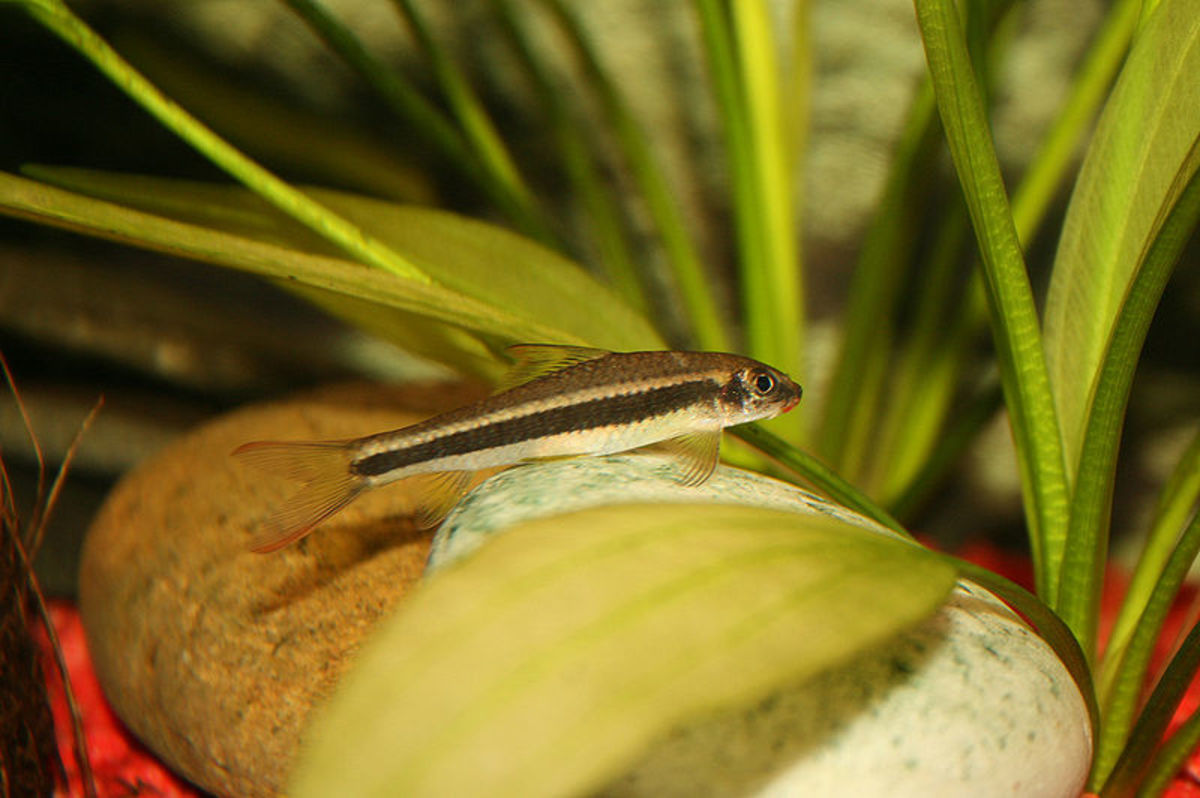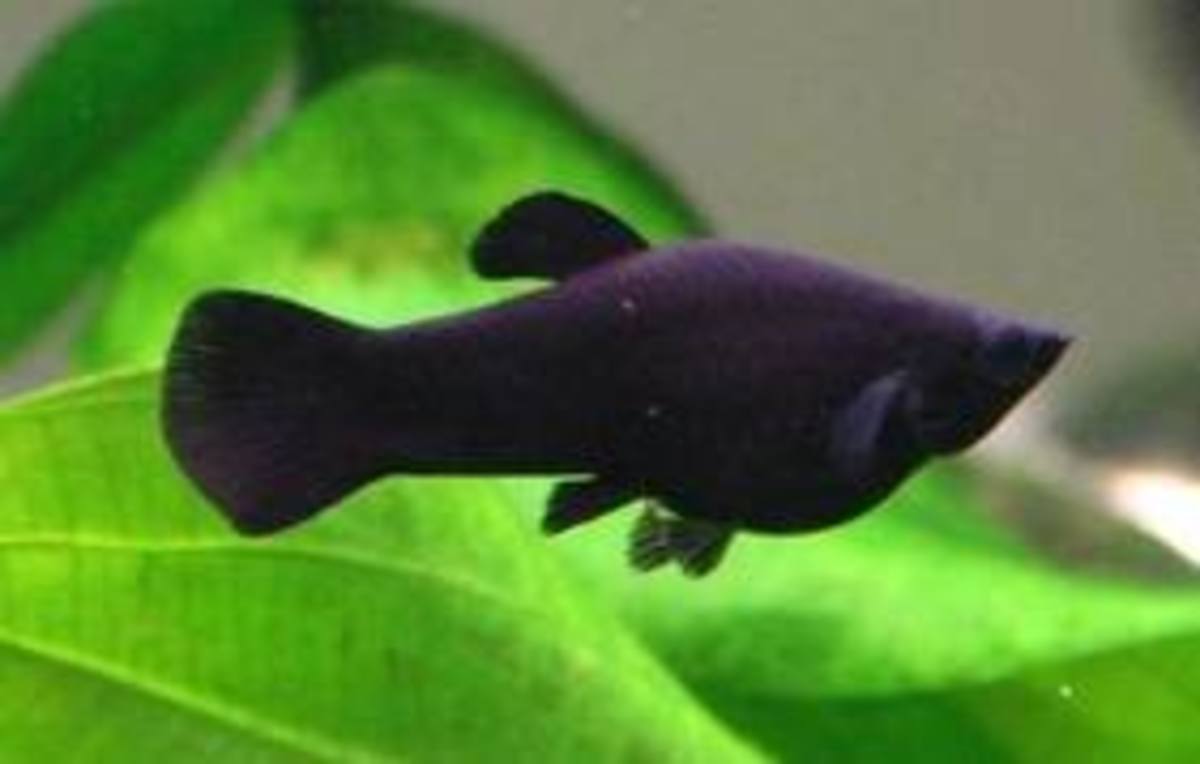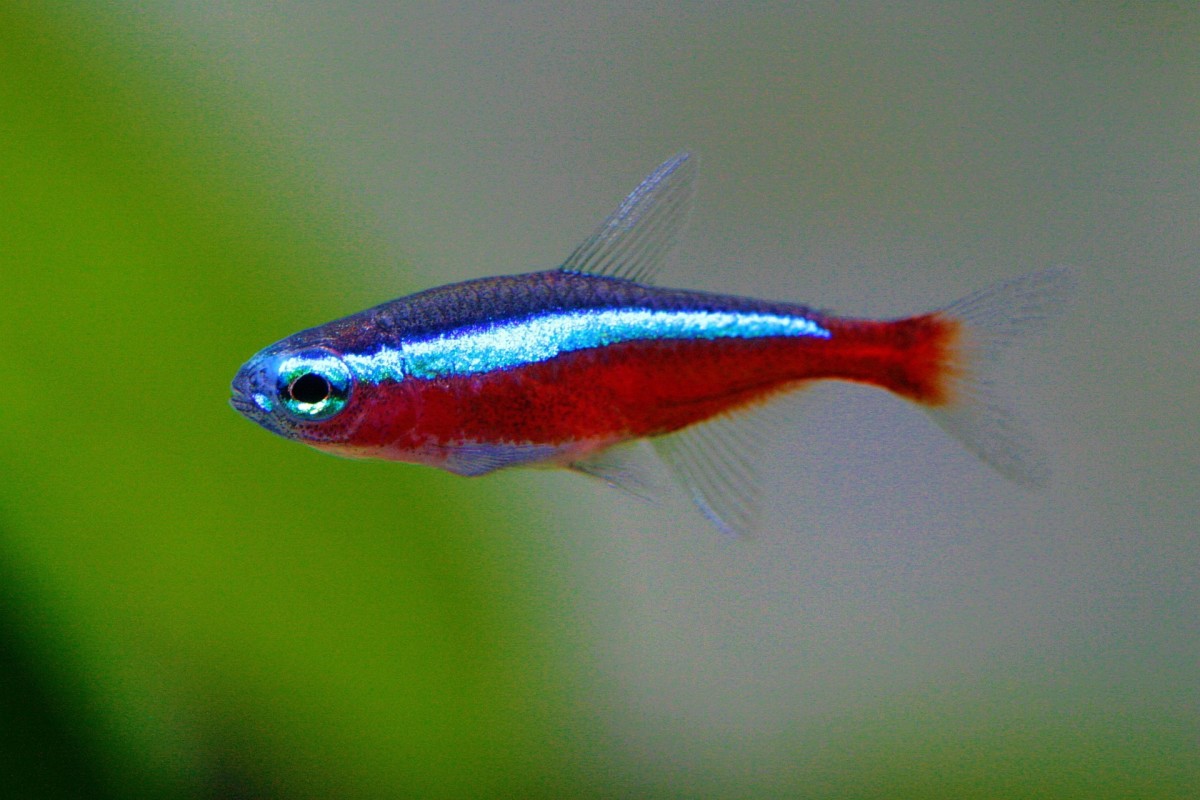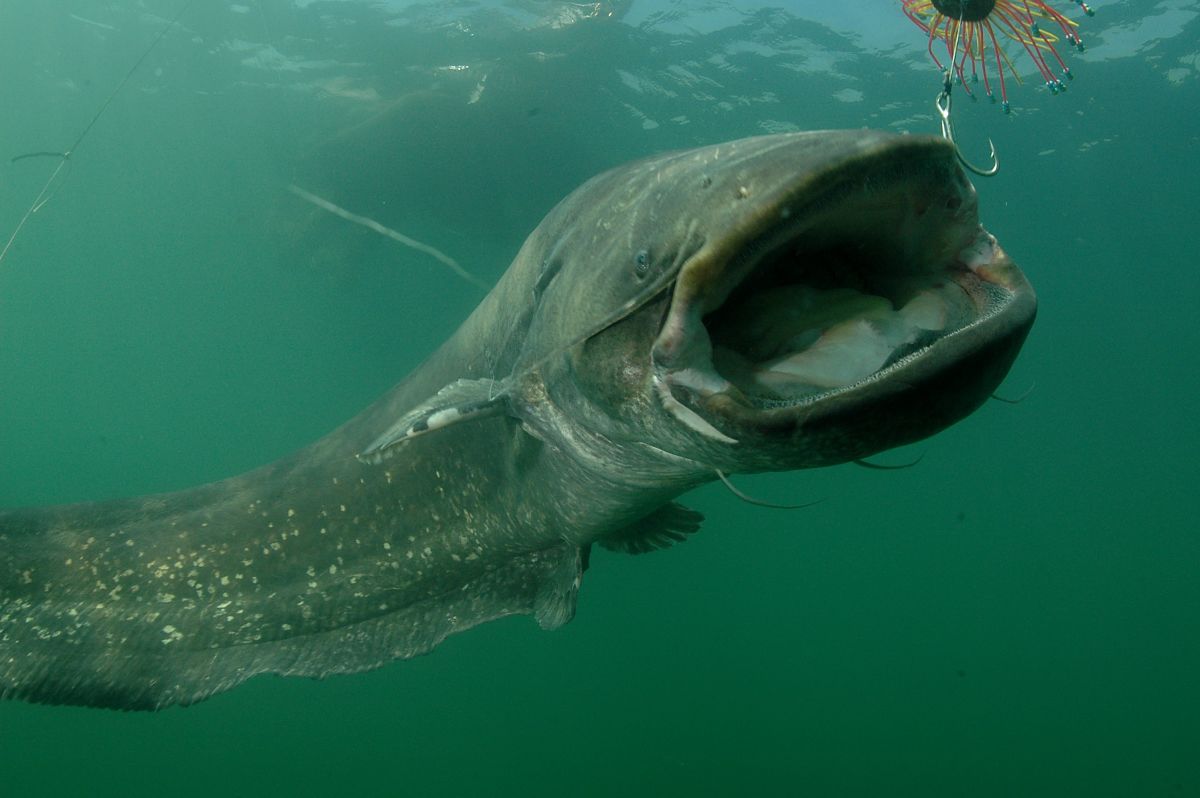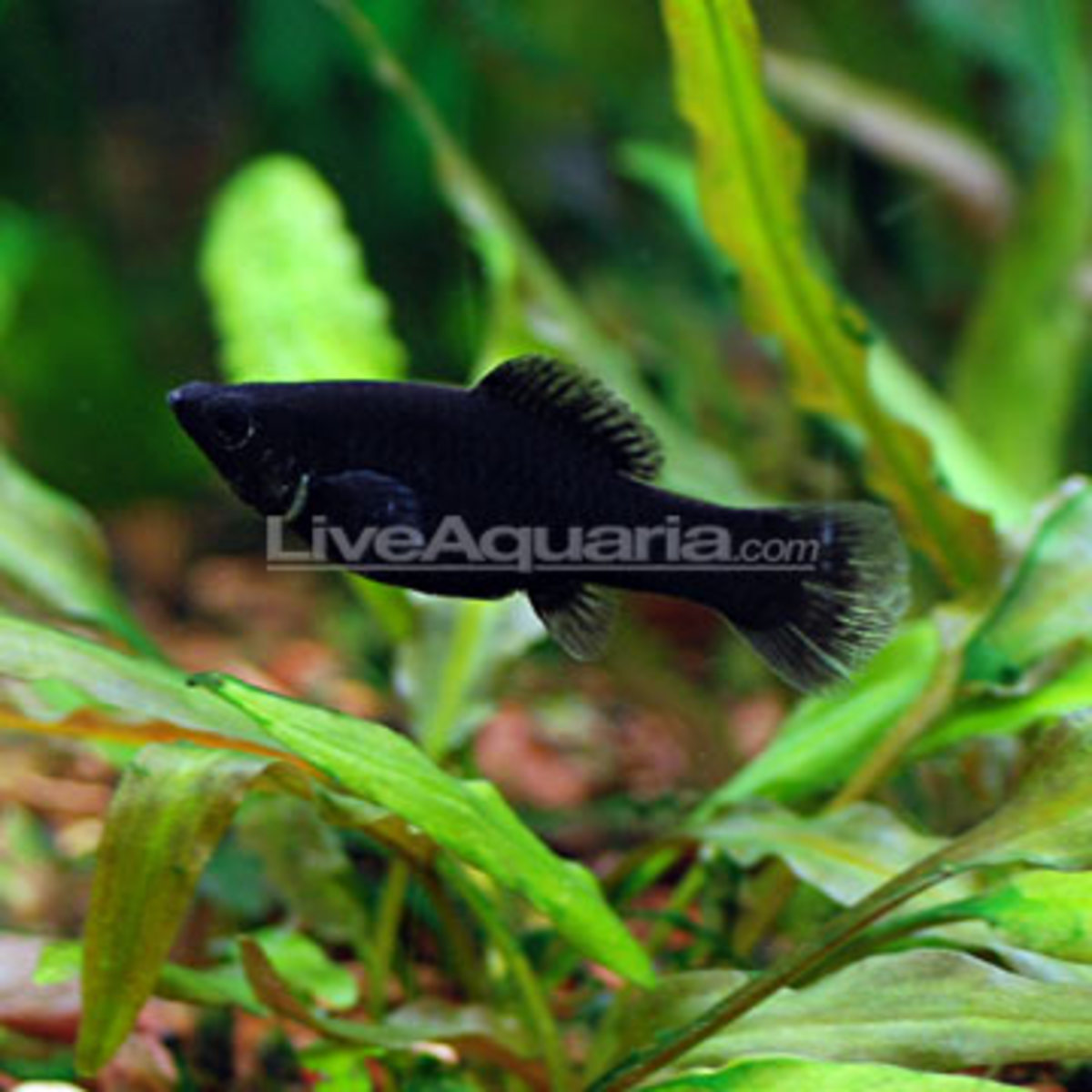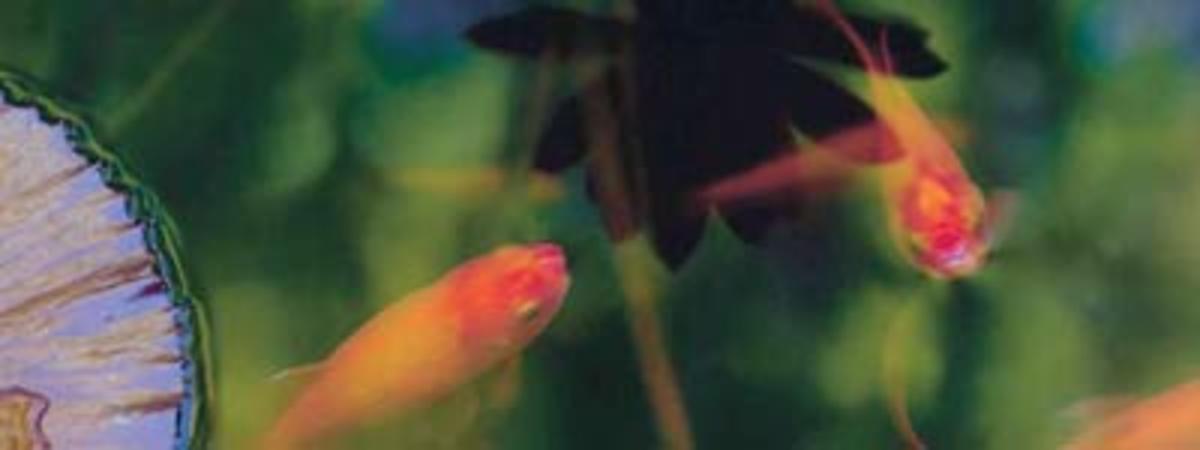Recognizing and Eliminating Ammonia Poisoning in Your Freshwater Aquarium
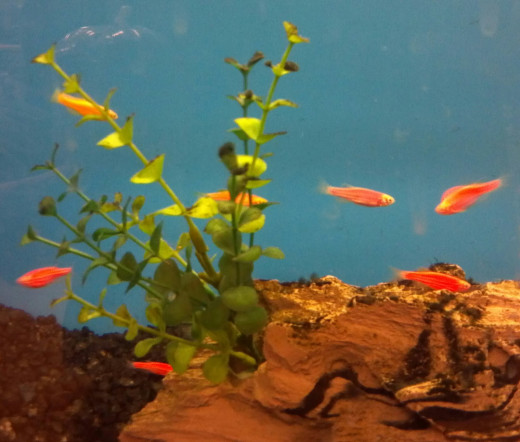
Recognizing Ammonia Poisoning
Ammonia poisoning is one of the major causes of death in new fish tanks. That makes it important to recognize the warning signs that ammonia levels may be too high. If your fish gasp for breath at the water surface (unless they are labyrinth breathers), have purple or red gills, are lethargic, have a loss of appetite, lay at the bottom of the tank, or you notice red streaking on the fins or body of one or more fish, then it is likely there is an ammonia problem. A high ammonia level usually occurs quickly and is thus called an ammonia spike, indicating its sudden intense rise.



New Tank Posioning
Ammonia poisoning occurs in new tanks more frequently than established ones. This is because in an established tank there are colonies of bacteria that process ammonia. A new tank, unless a pre-developed biological filter is present, does not have the natural ability to remove ammonia from the water. Without the bacteria, ammonia from fish waste and decomposing plants or foodstuffs lingers in the water system. When a tank has been properly cycled (run through the entire setup process, including the building up of bacteria and leveling off of chemicals) then the occurrence of ammonia poisoning in fish is much less frequent.
Established Tank Issues
In an established tank, the reason for ammonia levels increasing to a deadly level are almost exclusively due to overfeeding. Most flake fish food is comprised of dehydrated fish which, when it decays, releases ammonia into the tank. If the tank is consistently overfed, and the food is left in the tank to rot it will cause an ammonia spike.
The second most likely cause of ammonia poisoning in established fish tanks is the addition of too many new fish at one time. The bacterial levels in an aquarium grow in proportion to the amount of food available to them. When there is a consistent number of fish in the tank, the bacteria will stay in a consistent colony. If several more fish are added at once there isn’t enough bacteria to process all of the waste from the entire fish population. The ammonia could spike before the bacteria colony has a chance to grow to a sufficient size to handle the new ammonia load.
Ammonia poisoning can also occur if there is a failure of the filtration device or if a recent dose of medication ends up killing off the aquarium’s bacterial colony.
Prevention
As the old adage goes, an ounce of prevention is worth a pound of cure, and this applies whole heartedly to the ammonia spike situation. Taking care to add fish to a tank slowly will allow the bacterial colony to keep up with the change in ammonia production. Feeding fish only the amount that they will eat in five minutes will eliminate the excess food rotting. The more heavily stocked the tank is the more often water changes need to be preformed. Changing out a tenth of the water every week will help to control a slow build-up of ammonia. Also, using zeolite in addition to charcoal in your filtration system will reduce ammonia. Zeolite is a slow-release ammonia neutralizer and can be changed with every filter change to maintain effectiveness.
Treatment
Ammonia spikes are quickly fatal in many cases, so at the first sign of any problem do a thorough water check. If the ammonia level in the water is high the first thing to do is try to lower the pH of the water because ammonia is more toxic at higher pH levels. Second, you need to perform a water change of at least 25% (50% if you can be certain that you have the same temperature water). If neither of these treatments work you can purchase a chemical neutralizer like Prime from SeaChem Labs.
After the Emergency
After you have treated the tank for the ammonia poisoning feed the fish lightly. The less food they eat the less waste they will produce and the less ammonia will be released into the water. Keep a close eye on the fish for the next several days, just because the water levels are back to normal doesn’t mean they didn’t cause stress to the fish that may have led to an infection or allowed another disease to manifest. Watch for dead and dying fish, a fish carcass will send ammonia levels soaring again. Remember, ammonia poisoning in fish kills them quickly so immediate action is necessary and prevention is always the better option. Once you've cleared up the tank, start up a regular maintenance schedule to prevent it from happening again.

